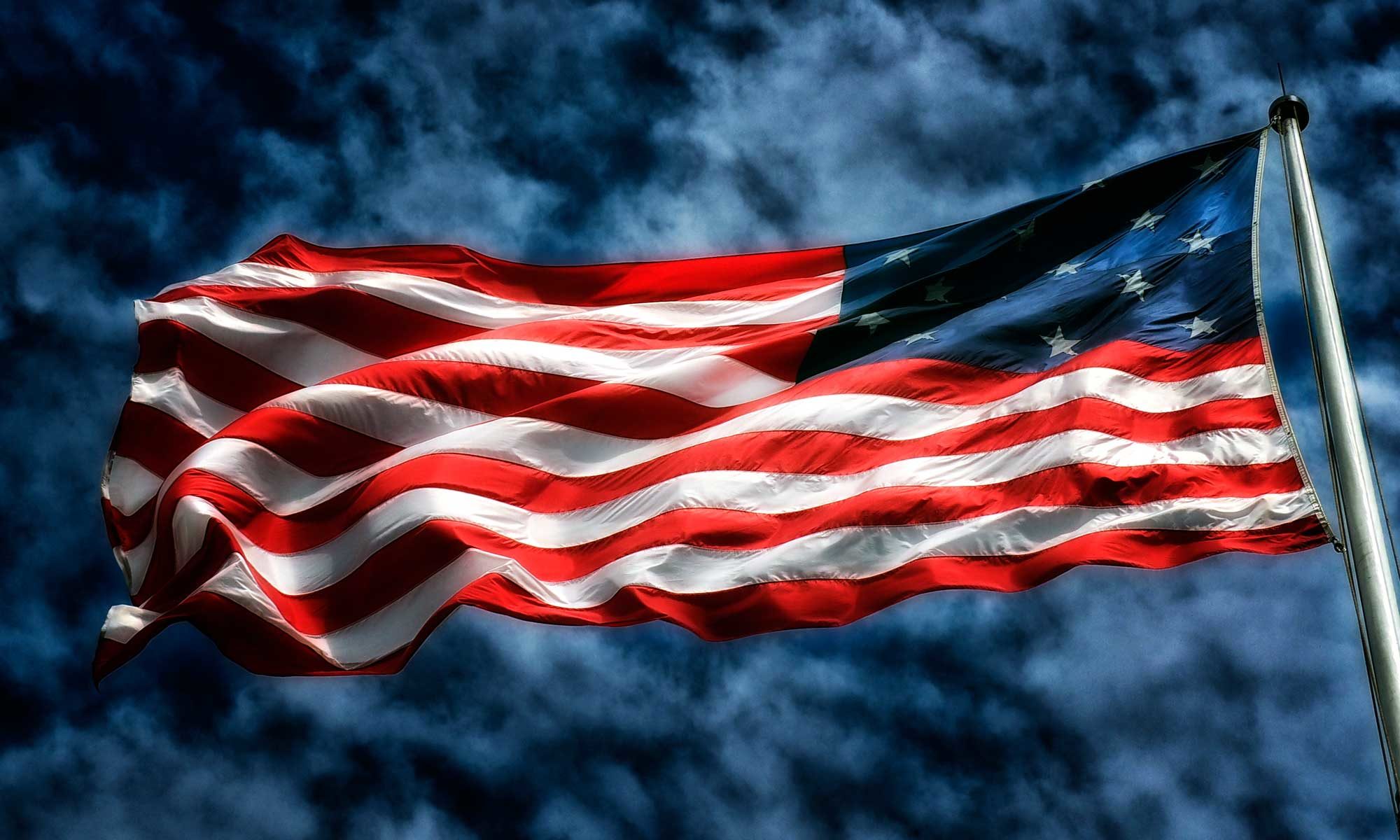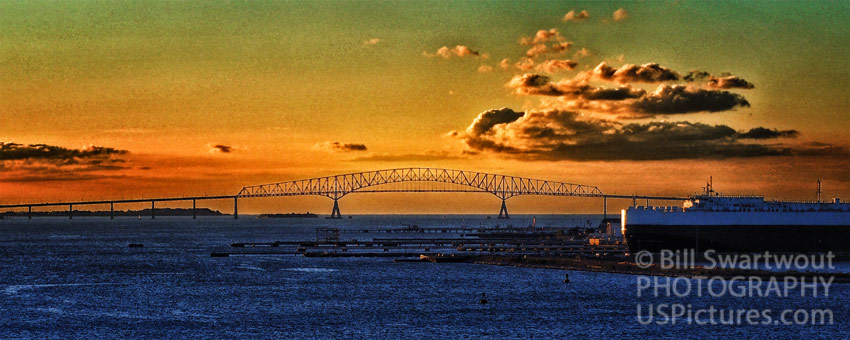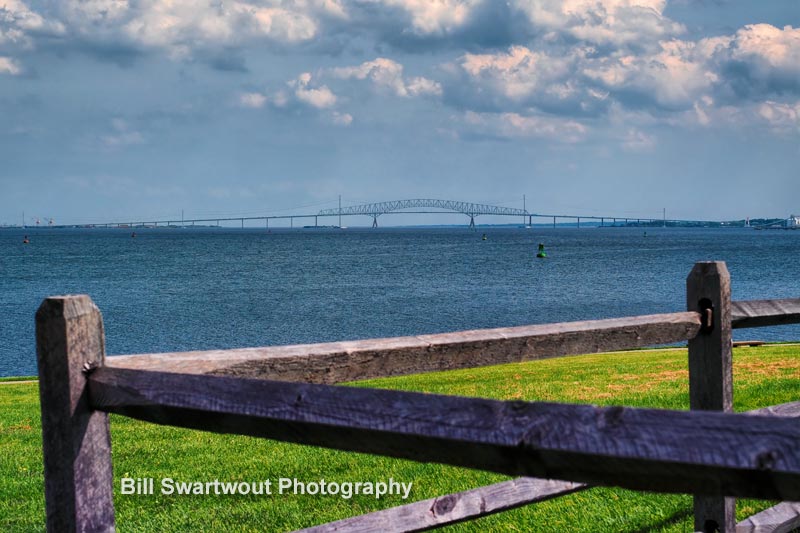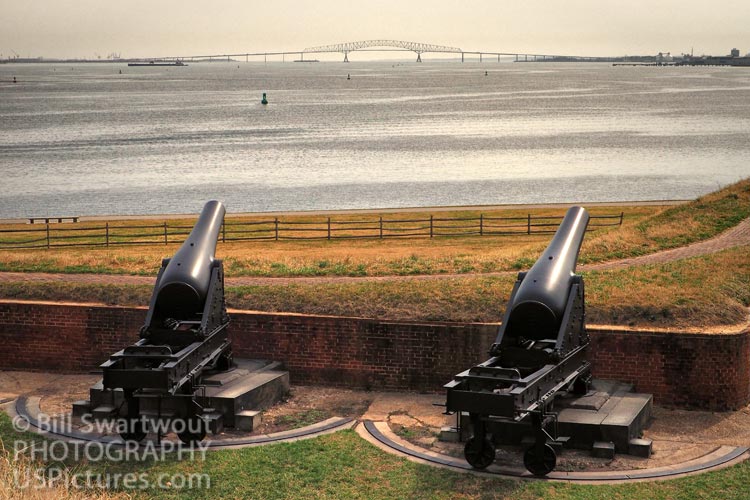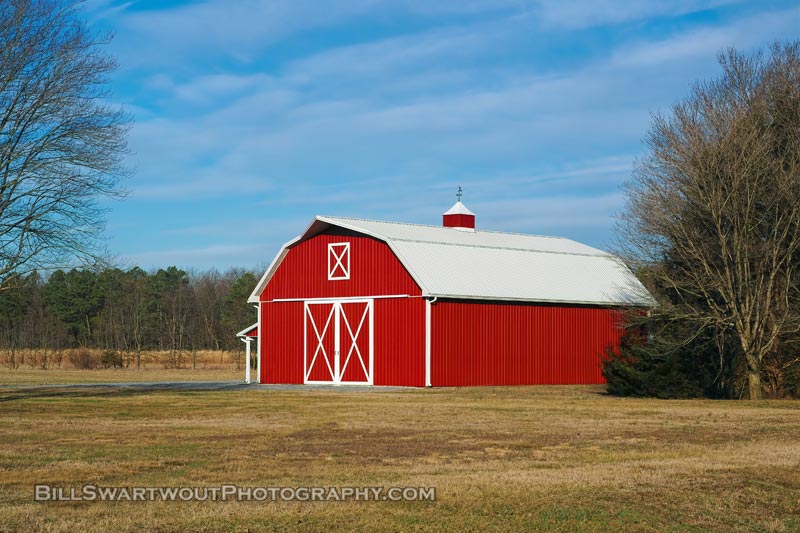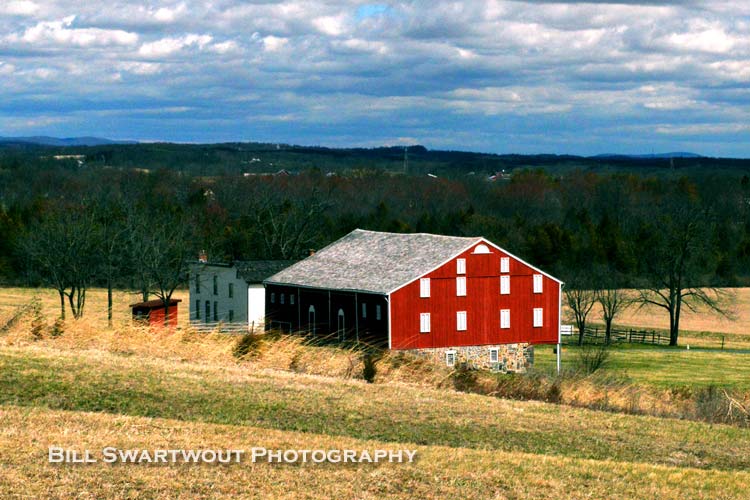A tragic ship collision caused the Key Bridge to collapse like a house of cards on March 26, 2024.
In the wee hours of a cold March morning, a large freighter, the Dali, lost power and steerage control and collided with a major support of the Francis Scott Key Bridge in Baltimore, Maryland. The collision occurred at 1:28 AM and caused the main supporting structure to fail and the bridge spans to, literally, fall apart.
Imagine the chaos that ensued when a massive freighter collided with the Francis Scott Key Bridge, causing sections to collapse into the Patapsco River below. The sheer force of impact from the container ship left onlookers stunned and authorities scrambling to respond to this unprecedented disaster. As emergency crews rushed to the scene, questions arose about how such a catastrophe could have occurred in one of the busiest waterways in Maryland. This disaster effectively closed the (very busy) Port of Baltimore for an indeterminant length of time.
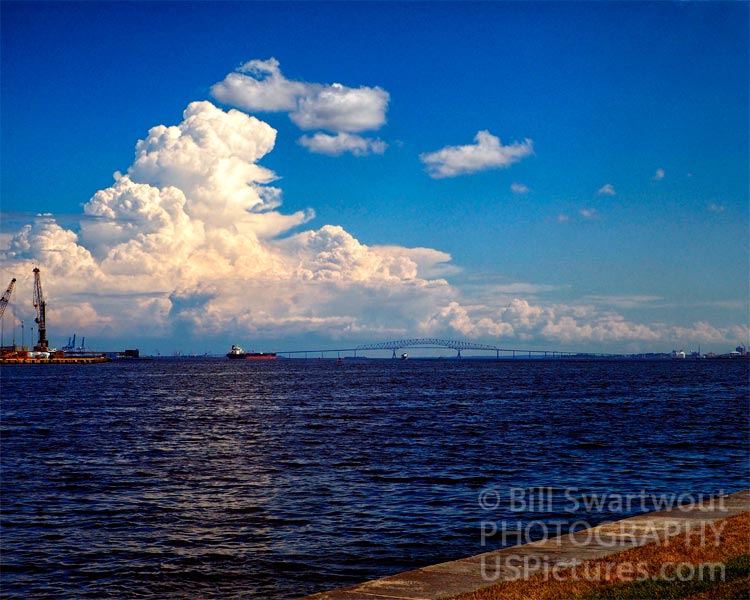
The Key Bridge was opened for use in 1977. This author can remember watching the construction process for the years before the opening. The full name is, of course, derived from the lawyer, Francis Scott Key, who penned the words to our National Anthem, the Star Spangled Banner.
In conclusion
The collapse of the Francis Scott Key Bridge in Baltimore sent shockwaves through the city as the iconic structure crumbled into the Patapsco River. The aftermath of the bridge collapse revealed a startling vulnerability in our infrastructure and raised concerns about the safety of maritime navigation through this vital transportation corridor at the state and national levels. Investigations underway and repair efforts are already being planned. One can’t help but wonder about the long-term implications of this incident on shipping traffic and regional economy. As we await updates on this developing story, it’s clear that lessons must be learned from this tragic event to prevent similar disasters in the future.
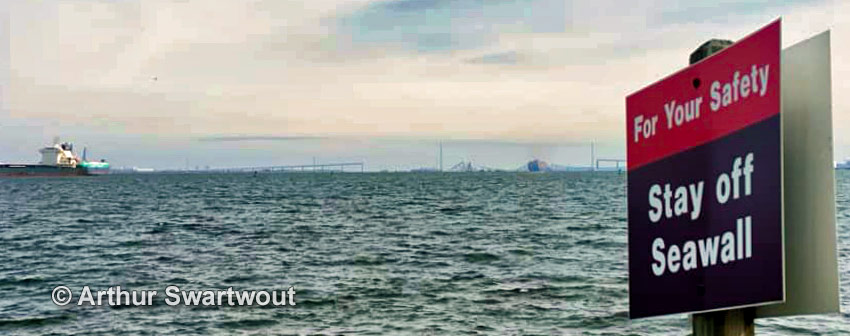
For many, this catastrophic event raised questions about infrastructure resilience and safety in a rapidly changing world. In moments like these, we are reminded that even our most trusted landmarks are vulnerable to unexpected challenges and that vigilance and care must be paramount in safeguarding our communities from potential disaster.
Visit www.FSKBridge.com for more photos of the Key Bridge as it used to be.
